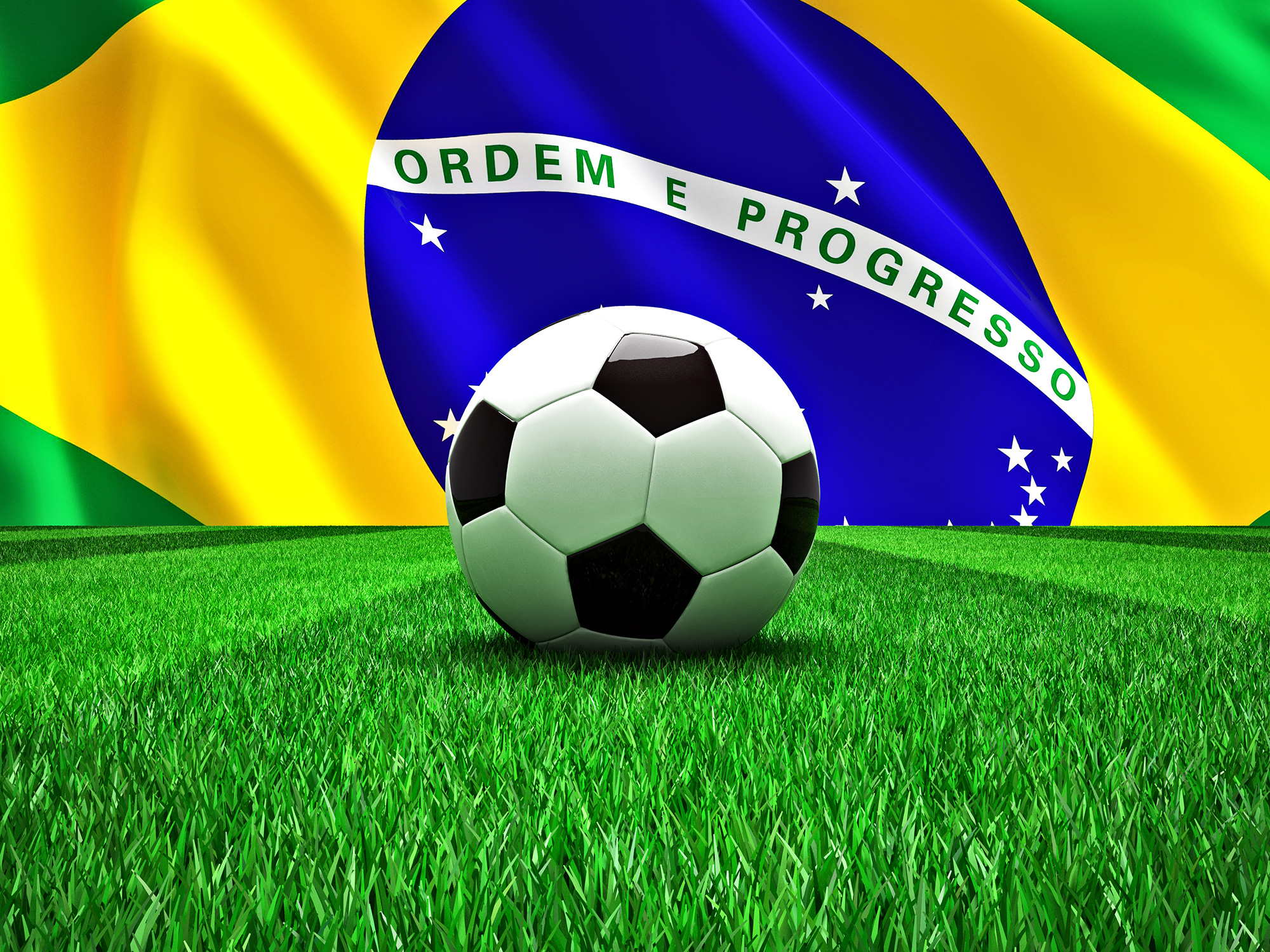
There is no doubt that 2014’s FIFA World Cup held in Brazil was huge, with a total global audience of 3.2 billion viewers. With the competition only taking place every four years, sports fans around the globe were definitely going to make sure that they kept tuned in to the biggest event of the year whenever and wherever they could.
In past years, the primary method of watching the World Cup has been via the TV. However, viewing methods have taken a dramatic turn in recent years. During the 2010 World Cup in South Africa, a study by Allot found that mobile data traffic jumped by 24% and streaming rose by 22%. This year, with smartphone and tablet usage at their highest point in history and with services such as 4G, the 2014 World Cup was sure to top this and research has found that mobile data usage hit a record 40% this year!
FIFA therefore took on the responsibility in making it easier for fans around the world to view all the matches taking place not only on TV but on laptops, tablets and smartphones as well. This would have come as a welcome relief to people globally, with 48% of people stating before the event that they planned to use their mobile to follow the competition (IAB, 2014). Due to the increased possibilities that people had to stay tuned to the month-long tournament, this meant that many brands saw the opportunity to focus their marketing strategy on releasing multi-screen video campaigns during the World Cup in an effort to reach a wider range of potential customers.
So, which brands used the World Cup 2014 to its full potential and how did it work for them?
Nike – Risk Everything
Nike certainly made an impression with their ‘Risk Everything’ campaign and if you followed the competition then chances are you saw some videos from this campaign. Nike started the World Cup with more teams on donning their logo than any other brand, with a total of 10 teams, despite not being an official sponsor of the competition. The campaign featured three videos, ‘Winner Stays’, ‘The Last Game’ and ‘Men in the Arena’, proving to be a massive success and starring the likes of football royalty Ronaldo and Neymar. The campaign as a whole gained a whopping 6 billion impressions in 35 countries on multiple screens, with one third of these impressions coming from mobile alone! Nike has since said that their ‘Risk Everything’ campaign has been their most mobile and social to date. Nike’s efforts at generating engagement can certainly be highly praised, beating Adidas and becoming the most-viewed brand of the tournament in terms of online video.
Samsung – Galaxy 11
Following closely behind Nike in terms of online views, Samsung’s continuation of the Galaxy 11 campaign was the second most-viewed brand in the World Cup tournament. Samsung initially wanted to use only social media to activate their campaign, but it proved so successful that they eventually launched two TV adverts. Samsung’s ‘The Training’ video was especially popular, scoring over 74 million online views, making it the third most-viewed World Cup video. To further promote their brand, Samsung released a mobile and tablet game.
Adidas – All in or Nothing
Nike’s biggest rival, Adidas, who were one of the sponsors and an official partner of FIFA’s World Cup, launched a global $50 million ‘All in or Nothing’ campaign. In the same style as Nike, the campaign featured players from the World Cup such as Lionel Messi, accompanied by new music from global superstar Kanye West. Adidas went all out in their campaign, stating that they wanted to ‘bring fans closer to the tournament than ever before and provide them with access and content that they can’t get elsewhere’. It’s fair to say that Adidas focused their campaign on social media, with an Adidas football having its own twitter feed, @bracuza, following a ball who gives behind-the-scenes access and which gained 3.92 million followers during the tournament. Adidas’s campaign did outshine Nike in terms of TV time and exposure, but it can’t be argued that Nike grasped the idea of multi-screen advertising, using the full potential of mobile to reach more consumers.
McDonalds – Gol App
Last but not least we have McDonalds, who furthered their strategy into the mobile space by designing an app which enabled customers to interact with their World Cup themed packaging and to play a simple football game. McDonalds took a step up from other brands and used augmented reality activation. This meant a customer would be a able to scan the back of the fries package with their iOS or Android device which then triggers an interactive overlay to jump off the packaging. McDonalds stated that they wanted to connect to more millennials, noting that mobile is a channel that will win back younger customers who have moved onto their rivals. The company have also previously used the power of mobile through their mobile coupon app and their click-and-collect service.
Some of the world’s biggest brands have therefore used the world’s biggest sporting event and multiple forms of digital advertising to their full potential. From using the biggest stars in the sporting world and making their campaigns viral through the use of multi-device screens, the World Cup 2014 worked wonders for the above brands. Adobe has dubbed this year’s World Cup as the ‘most mobile sporting event ever’ with video viewing via mobile up 34% during the tournament, with nearly 25% of online video plays coming from mobile devices at peak times (up 18% pre-World Cup!) It’s fair to say that the 2014 FIFA World Cup was a huge success for these brands, and also for mobile!



